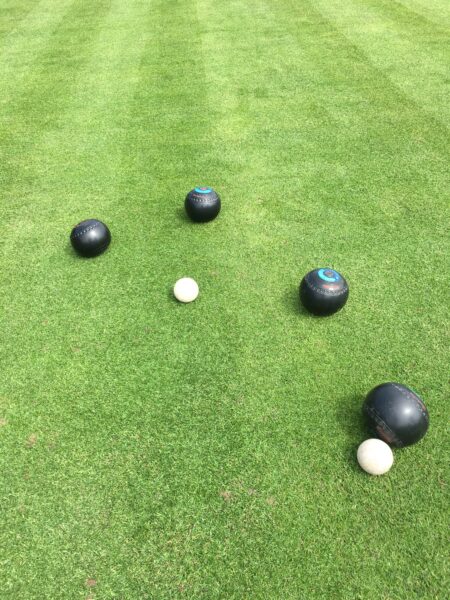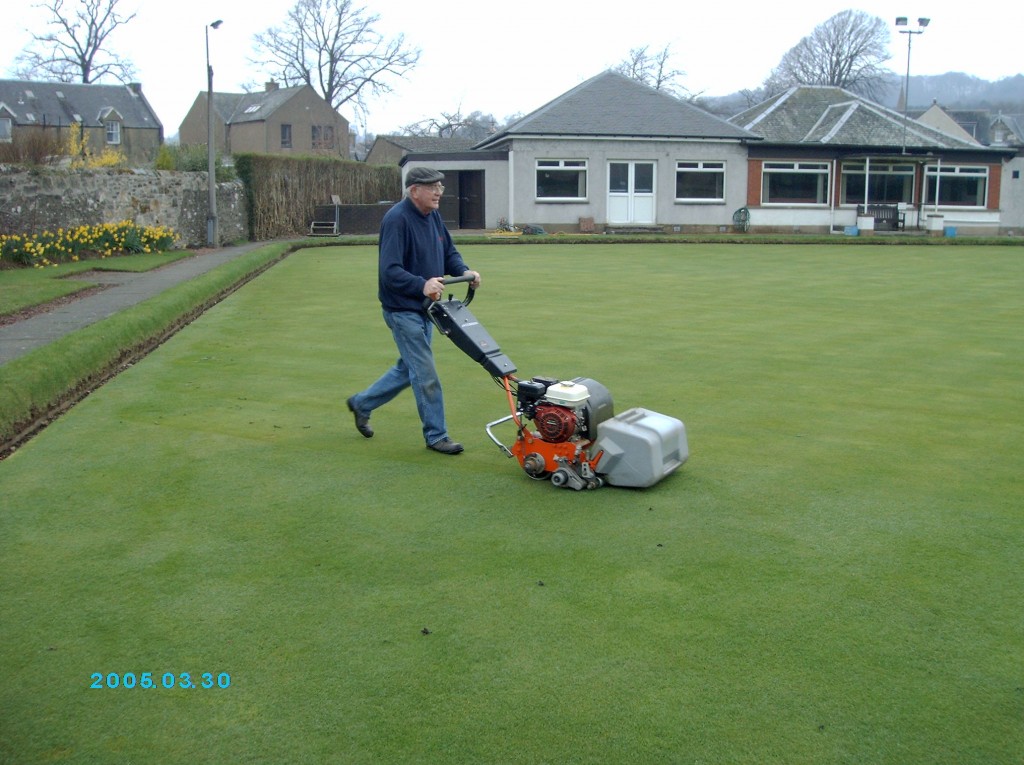Sometimes we over complicate things in greenkeeping. Checking off the points on this short list of things to change in your programme will help a great deal to simplify your life.


Sometimes we over complicate things in greenkeeping. Checking off the points on this short list of things to change in your programme will help a great deal to simplify your life.
Another popular subject this month has been Winter Mower Servicing and in particular what you should expect of your local service workshop.
There have been many tales of work not being done properly and overcharging for service. Here is the minimum that you should expect to be included in a quote for winter service:
This is a minimum list and your particular brand of mower might have further items that will need to be checked. Check the manufacturer’s handbook for details, or better still request a winter service checklist from your local dealer.
Now is the time to check that this has all been done properly, not when you are half way across the green with a broken down mower on opening day morning!
Have you ever played a great game of bowls when everything on the green was perfect; you read every twitch on the rink and it seemed like you had finally got the green the way you wanted it.
The disappointment when you return to the green the very next day, prepare the rink in completely the same way but get totally different and inferior results is maddening.
What went wrong? or maybe what went right?
Like green speed, there is much debate about surface consistency, both in terms of consistency across the green surface and consistency of playing conditions over the season.
In order of their impact on green surface consistency these are the top 7 factors that you should bear in mind. Obviously there are others such as weather patterns, level of play etc, but these are largely out of the greenkeepers control and in any case do not figure highly in the management of green consistency.
The most popular subject in bowling green maintenance is…Green Speed.
The main factors affecting green speed are in order of importance:
.

Green speed is always a hot topic at this time of year and the most popular methods for achieving increased speed are usually to turn off the water and set the mower down; both of which can cause long term damage to the green.
Mowing the green regularly below 5mm can really start to harm it in terms of sward composition, drought resistance and general turf health. Rooting depth is directly proportionate to the amount of leaf that remains above, so at the very time that the turf needs deeper roots to seek out deeper lying moisture, we restrict its ability to put down roots by shaving the leaf off to within a millimetre of its life! Shaving the green too low can cause irreversible damage to the crown of the grass plants, which causes bare areas or at least areas of weakened turf, which will inevitably be taken over by meadow grass, weeds and/or moss.
The other big mistake that many clubs make is to turn off the water in an effort to induce greater green speed. Although droughting will rarely kill a green off completely, we are seeing some very high temperatures this summer and it is possible that greens will fail if not given enough irrigation. But that’s another story which you can read about here.
So, what can be done to increase green speed without causing damage to the green?
Well, to really get the speed up we need to be thinking about reducing the lateral growth on the green. There are a number of factors that can help to increase green speed and consistency for play and we’ve set them out in our guide which you can find by clicking here.
Today however, I want to concentrate on lateral growth and its affect on green speed. On many greens I visit I am told that the green is being cut at 4mm and that the members are still complaining about the green being heavy! On most occasions when confronted with this, it is possible to take the palm of your hand across the turf and tease some of the grass up to 10 or even 15mm in height!…now think about that for a minute; how “heavy” would the green be if cut at that height?
This phenomenon is due to a problem called lateral (or sideways) growth where the grass plants exhibit a recumbent growth habit and don’t stand up straight, meaning that they are not cut at the required height.
What’s the answer?
To overcome this problem we need to make allowance in our maintenance program for dealing with lateral growth. This can be achieved by several means, in order of importance these are:
There are many more tips on green speed in our green speed section here.